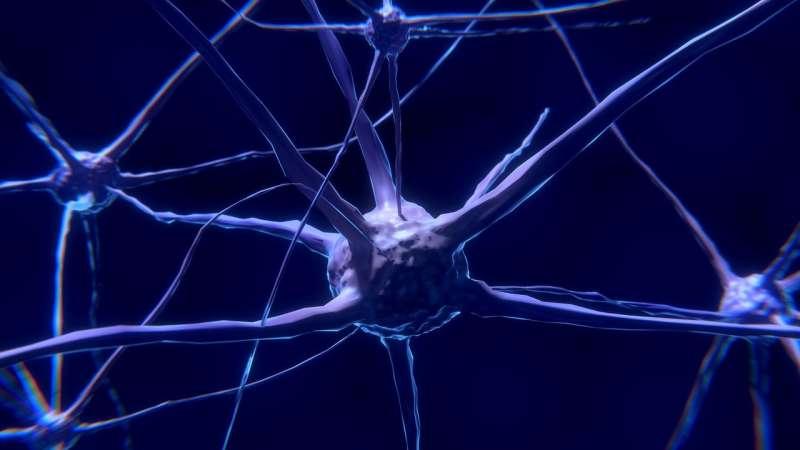Credit: CC0 Public Domain
Neuroscientists are developing a clearer picture than ever before of how the animal brain processes social information, from status and competitive advantage in a group to the calls and vocalizations of peers. New studies in mice and marmosets help us understand a range of disorders defined by deficits in social function and identify mechanisms that could also operate in the human brain. The research is presented today at Neuroscience 2018, the annual meeting of the Society for Neuroscience.
Using imaging to record activity from brain cells, neuronal viral tracing, and positron emission tomography (PET), it is possible to observe and track activity in the brain during experimental social interactions. Since many regions of the brain are common across mammals, being able to visualize a mouse brain reacting to a social interaction, or view the processing of vocalizations at a neurological level, could be relevant in understanding the human brain. These findings are of particular interest to researchers studying disorders of social learning, such as autism spectrum disorder.
Today's new research shows that:
- Blocking or genetically turning off the receptors for a specific neuropeptide reduces aggressive behavior in mice, offering a promising route for treatment of people with social disorders that manifest themselves in aggression (Scott Russo, abstract 416.03).
- A small subset of cells in the mouse brain determines their social rank and competitive success, offering a window into mechanisms underlying competitive behavior and social learning (Ziv Williams, abstract 110.01).
- Marmosets can discriminate between their peers based on their vocalizations and show increased neural response to calls from single individuals compared to calls from multiple individuals. The underlying neural response suggests there is a shared neural mechanism for the perception of vocalizations in marmosets and humans (Atsushi Iriki, abstract 364.12).
- Circuits controlling vocalizations in mice are both embedded in and recruited from brain networks that control social behavior, furthering our knowledge of the neural basis of social communication (Richard D. Mooney, abstract 407.10).
"The ability to zoom into areas of the brain and watch communication or interaction being processed in such detail provides fascinating information," said press conference moderator Kay Tye, Ph.D., of the Massachusetts Institute of Technology. "Whether for perception of vocalization and communication or a social rank in a competitive situation, we are beginning to build up a picture of normal brain processing of social interaction that opens opportunities for strategies to treat dysfunction and disorders that affect social function."
Provided by Society for Neuroscience






















